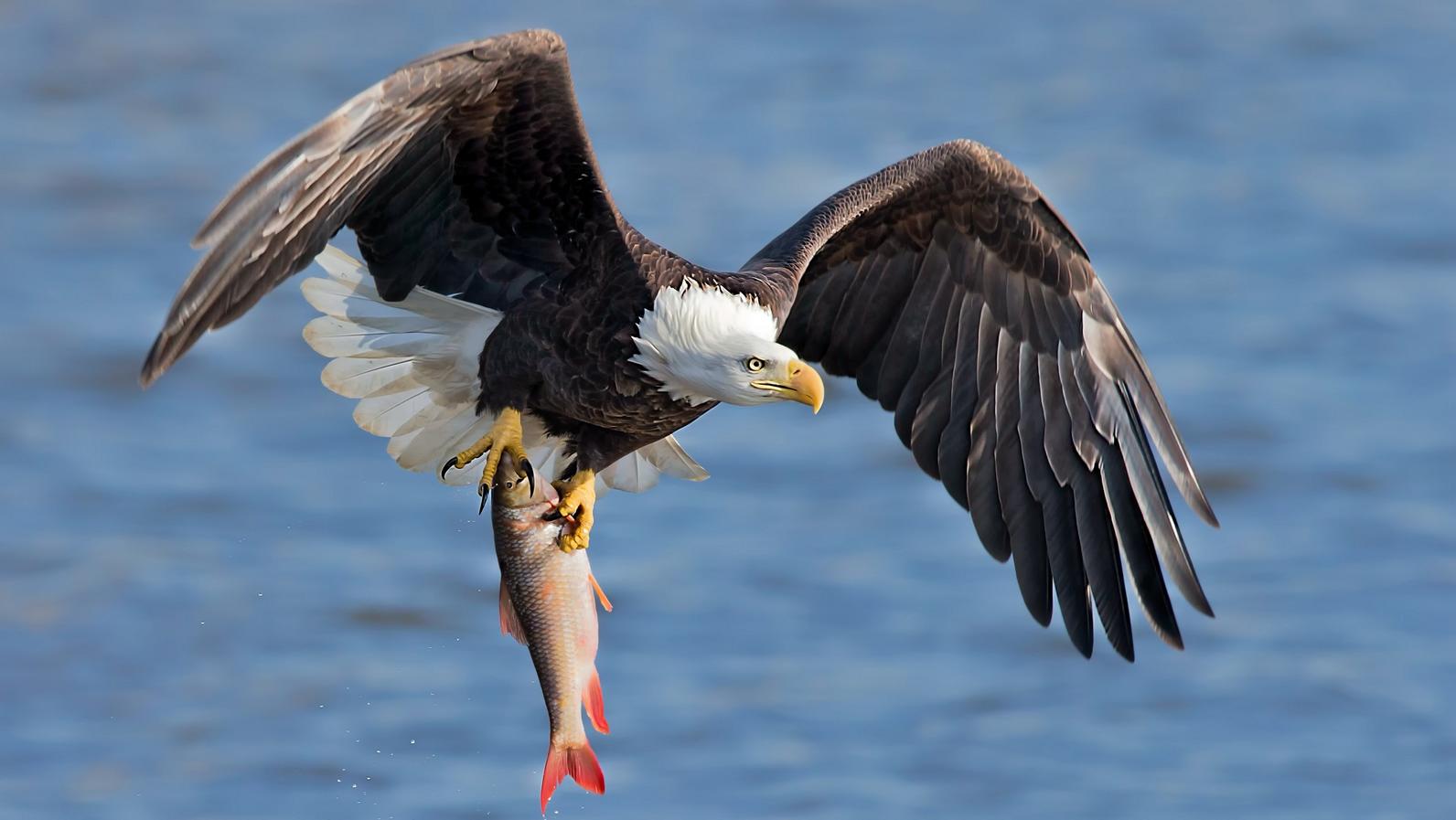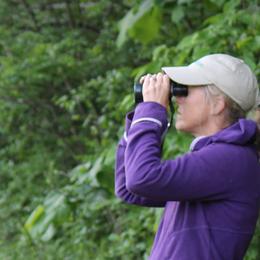
We need your eagle eyes for the 2020 National Midwinter Bald Eagle survey! If you see an eagle in Vermont during the survey period (January 1- 15), please report your sighting.
We would appreciate the following information about your sighting:
- date
- location
- time of day
- number of Bald or Golden Eagles seen
- approximate age of the eagles (i.e., adult Bald Eagle with white head and tail, or immature that is mostly brown)
- any notable behavior (i.e., carrying nesting material, flying with another eagle, etc.)
There are two options for reporting your sightings this year:
- Use Audubon’s online submission form here.
- Submit your sighting to eBird. Make sure you share your report with “BAEA_WinterSurvey.” If you do not have an eBird account yet, but would like to start, you can find easy-to-follow instructions here.
There will also be a team of Audubon Vermont volunteers venturing out in the cold this January to count wintering Bald Eagles throughout the state. This survey is part of the national Midwinter Bald Eagle Survey, which is coordinated by the US Army Corps of Engineers.
Since 1979, volunteers have been counting wintering Bald Eagles in early January on non-overlapping standard routes in 43 states, most of which have seen steadily increasing populations since the count began. Vermont has 15 standard survey routes, and also covers several additional Bald Eagle "hotspots" throughout the state.
Last year's count tallied a total of 33 Bald Eagles on the standard routes, and volunteers and members of the public counted an additional 63 Bald Eagles in other parts of Vermont. The numbers of eagles counted each year varies due to several factors, including survey conditions and the amount of ice on the waterbodies. More ice usually means the eagles are concentrated in areas of open water so they can hunt fish and waterfowl. Overall, the trend in Vermont has been positive, with an 8.1% increase in eagles from 1989-2010.
Thank you for your help with this survey of one of Vermont's iconic endangered species. For more information on Bald Eagle recovery in Vermont, visit: http://vt.audubon.org/eagle






